BT136 Transistor BT136-600D BT136 600E TRIAC 4A 600V 3 Pin Leads TO-220 Package BT136 TRIAC IC
৳ 25.00
BT136-600D BT136 TRIAC 4A 600V Three Terminal TO-220 Electronics Components Parts
Description: BT136-600D BT136 TRIAC 4A 600V Three Terminal TO-220
BT136 Transistor BT136-600D BT136 600E TRIAC 4A 600V 3 Pin Leads TO-220 Package BT136 TRIAC IC
The BT136 is TRIAC with 4A maximum terminal current. The gate threshold voltage of the BT136 is also very less so can be driven by digital circuits.
Since TRIACs are bi-directional switching devices they are commonly used for switching AC applications. So if you looking to switch of control (dim, speed control) an AC load which consumes less than 6A with a digital device like microcontroller or microprocessor then BT136 might be the right for you.
Specification
- The rated average on state current: 4 A
- Maximum gate trigger current: 10 mA
- Maximum holding current: 10 mA
- Surge current rating: 27 A
- The repetitive peak of state current: 0.5 mA
- Maximum gate trigger voltage: 1.5 Volts
- Repetitive peak reverse voltage: 600 Volts
- Repetitive peak forward blocking voltage: 600 Volts
- The peak on state voltage: 1.7 Volts
How to use BT136
There are many different ways to use a TRIAC, since the device is bi-directional the TRIAC gate can be trigger with either positive voltage or negative voltage. So this allows the TIRAC to be operated in four different modes. You can read this article if you want to know more about the switching modes. A simple TRIAC switching circuit is shown below.
In this circuit the TRIAC can be turned using the switch, when the switch is pressed the TRIAC closes the connection for the AC bulb though the AC mains. For this to happen, the gate pin of the TRIAC should receive a voltage greater than the threshold gate voltage and should also get a current that is greater than gate trigger current. This will make the TRIAC turn on.
Since the TRIAC and SCR share most of the same characteristics, just like SCR the TRIAC will also not turn off when the gate voltage is removed. We need special type of circuit called commutation circuit to turn of the SCR again. This commutation is normally done by reducing the load current (forced commutation) less than the holding current. To put it simple the TRIAC will remain turned on only till the load current is greater than the holding current of the TRIAC.
TRIAC Application Tips
Since TRIACS deal with AC voltages, the circuit involving them has to be designed properly to aboid problem some tips are shared below
- All TRIAC circuits suffer from an effect called Rate Effect. This occurs when the TRIAC is switching frequently and a sudden high voltage occurs at either main terminal of the TRIAC and damages the TRIAC itself. It can be avoided by using a snubber circuit.
- Similarly there is another effect called backlash effect. This occurs due to the capacitance that gets accumulated between the two terminals of the MT1 and MT2 of the TRIAC. Due to this the TRIAC will not turn on even if the gate voltage is applied. This problem can be solved by providing a resistance in series for the capacitance to discharge.
- When controlling the output AC voltage for dimmer or speed control applications a Zero crossing method is always recommended to be used.
- In switching circuits the TRIAC is easily subjected to harmonics and EMI interference hence should be isolated from other digital electronics.
- There is chance of backward current when the TRIAC is switching inductive loads, so an alternate discharge path has to be provided for the load to drain the inrush current.
BT136 Equivalent TRIAC
- BTA08-600B
Other TIRACs
- BT139, BTA16, BT169, Q4008
Application
- AC Switching
- Control application with the current rating from 1 A to 40 A.
- Motor control
- AC Light dimmers
- Strode lights
- AC motor speed control
- Noise coupling circuits
- Controlling AC loads using MCU/MPU
- Ac/DC Power control
Package Include:
- 1 x BT136-600D BT136 TRIAC 4A 600V Three Terminal TO-220 Electronics Components Parts
Only logged in customers who have purchased this product may leave a review.
Related products
TRIAC,SCR & Optocoupler
A CLASS BTA26 TRIAC BTA26-600B 600V 25A Industrial BTA26600B TRIAC IC 3 Pin Leads
TRIAC,SCR & Optocoupler
TLP512 TLP512GB TLP 512 Optocoupler DIP-6Pin Leads Integrated Circuit Optocoupler Photodiode
TRIAC,SCR & Optocoupler
PC923 PC923N PC923L PC 923 Optocoupler DIP-8 Pin High Speed Photocoupler For MOS-FET IGBT Drive
TRIAC,SCR & Optocoupler
TRIAC,SCR & Optocoupler
Transistors & Thyristor
A CLASS BTA41 TRAIC Industrial BTA41-600B 600V 40A TRIAC Thyristor IC BTA41 Thyristor 3 Pin Leads IC




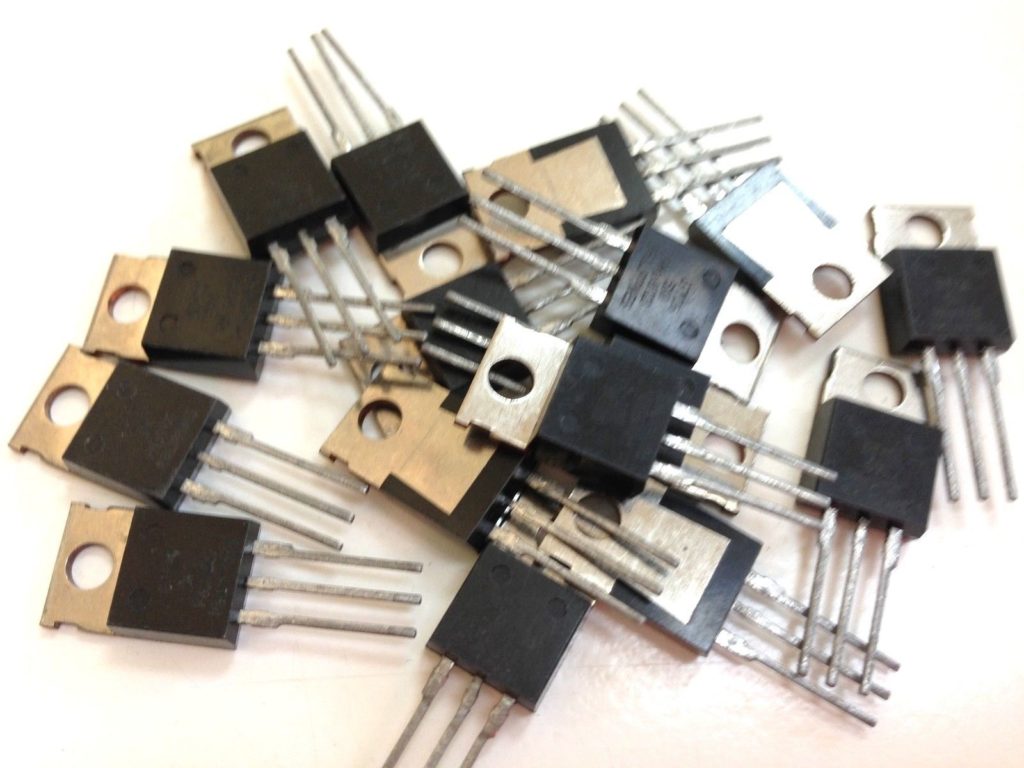


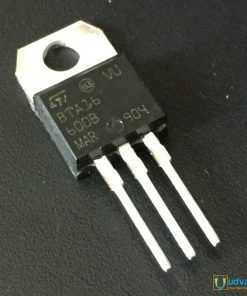



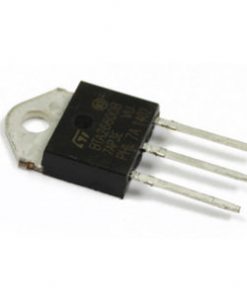
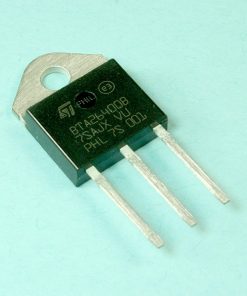
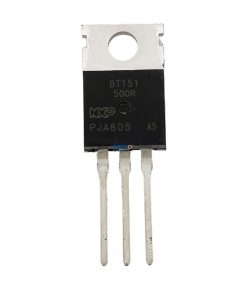


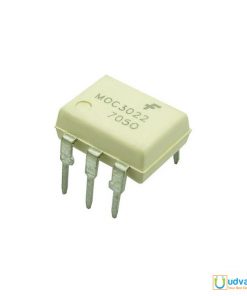

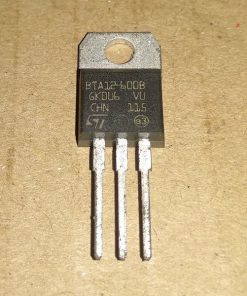

















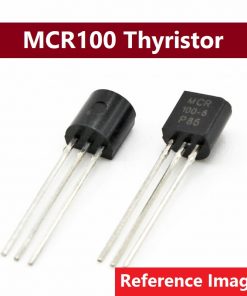





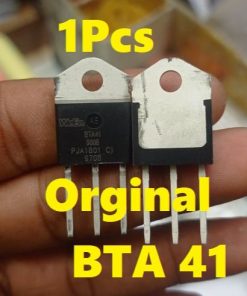





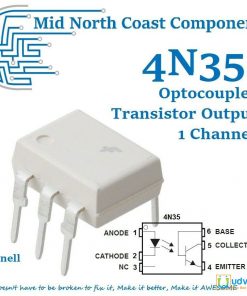


Reviews
There are no reviews yet.